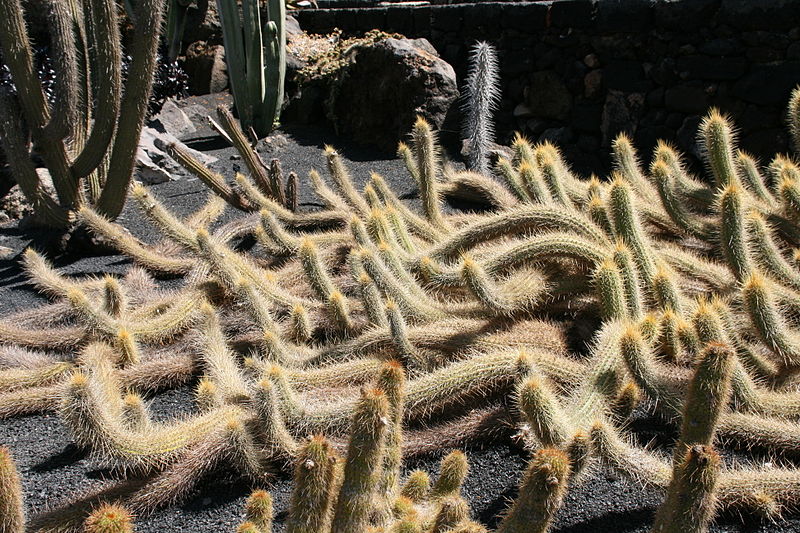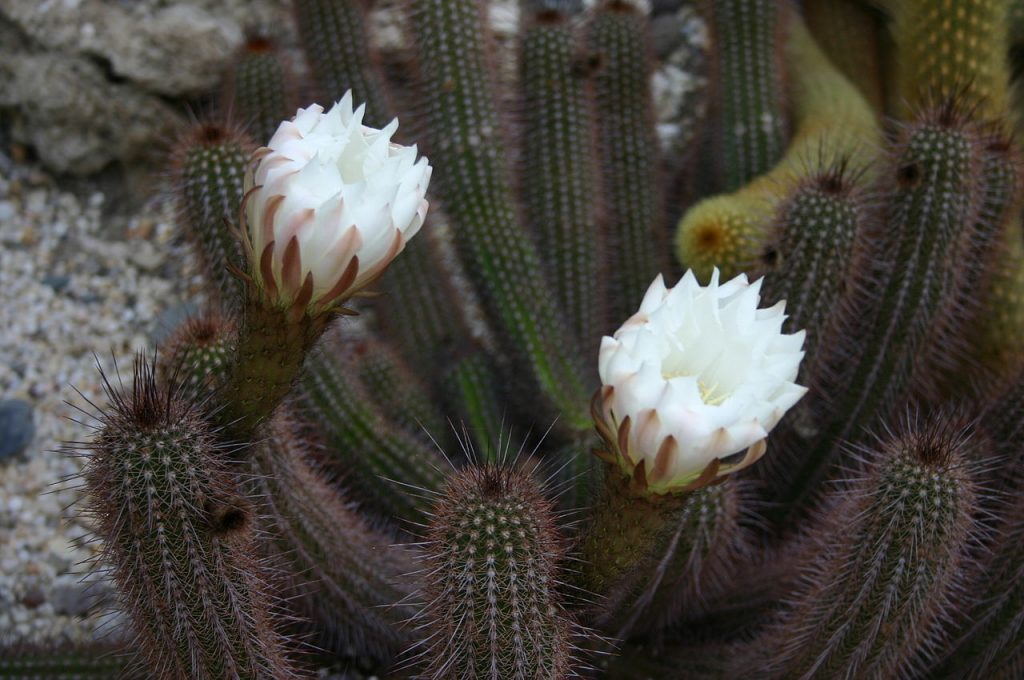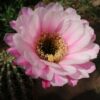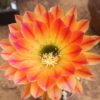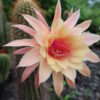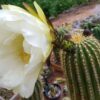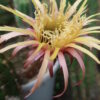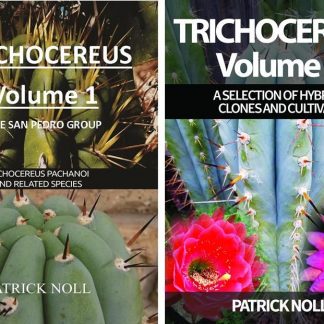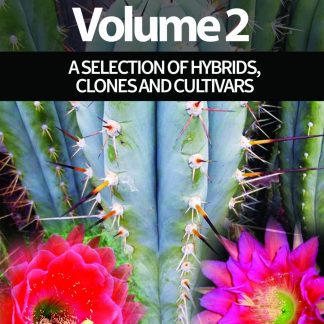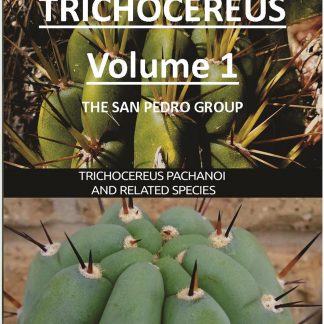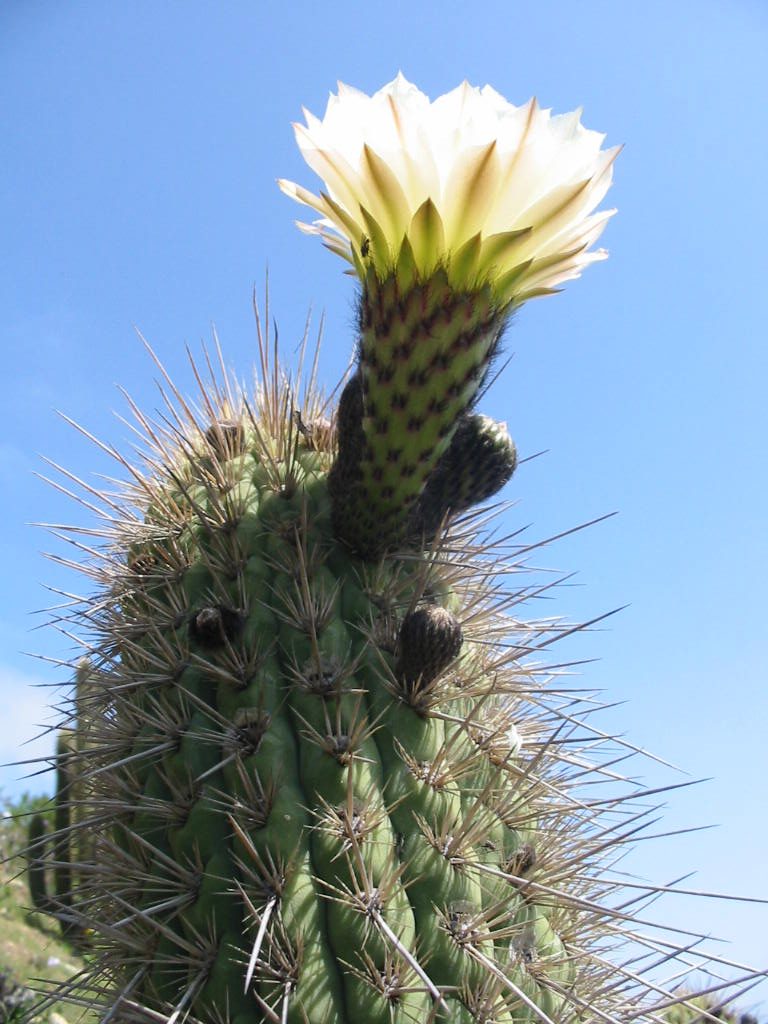
Trichocereus chiloensis, also known as Trichocereus chilensis or Echinopsis chiloensis, is a columnar cactus from Chile. It is closely related to Trichocereus terscheckii and something like the Chilean version of the large Andean Trichocereus species. Current name: Echinopsis chiloensis H.Friedrich & G.D. Synonyms of T. chiloensis: T. chilensis, T. chiloensis, Echinopsis chilensis, E. chiloensis, Cactus…

